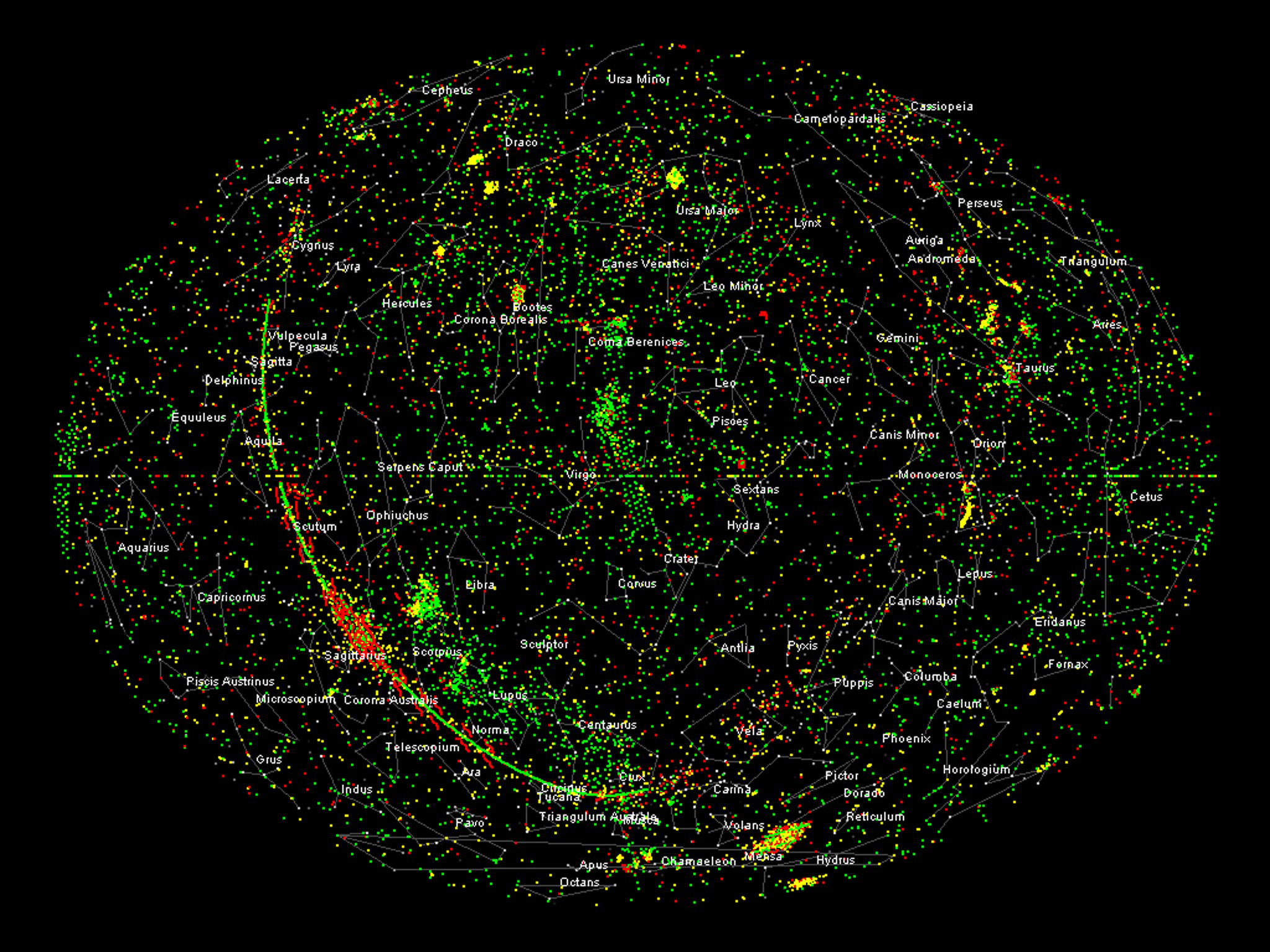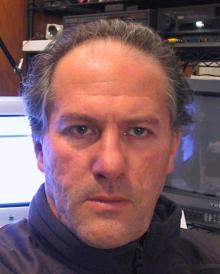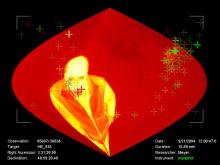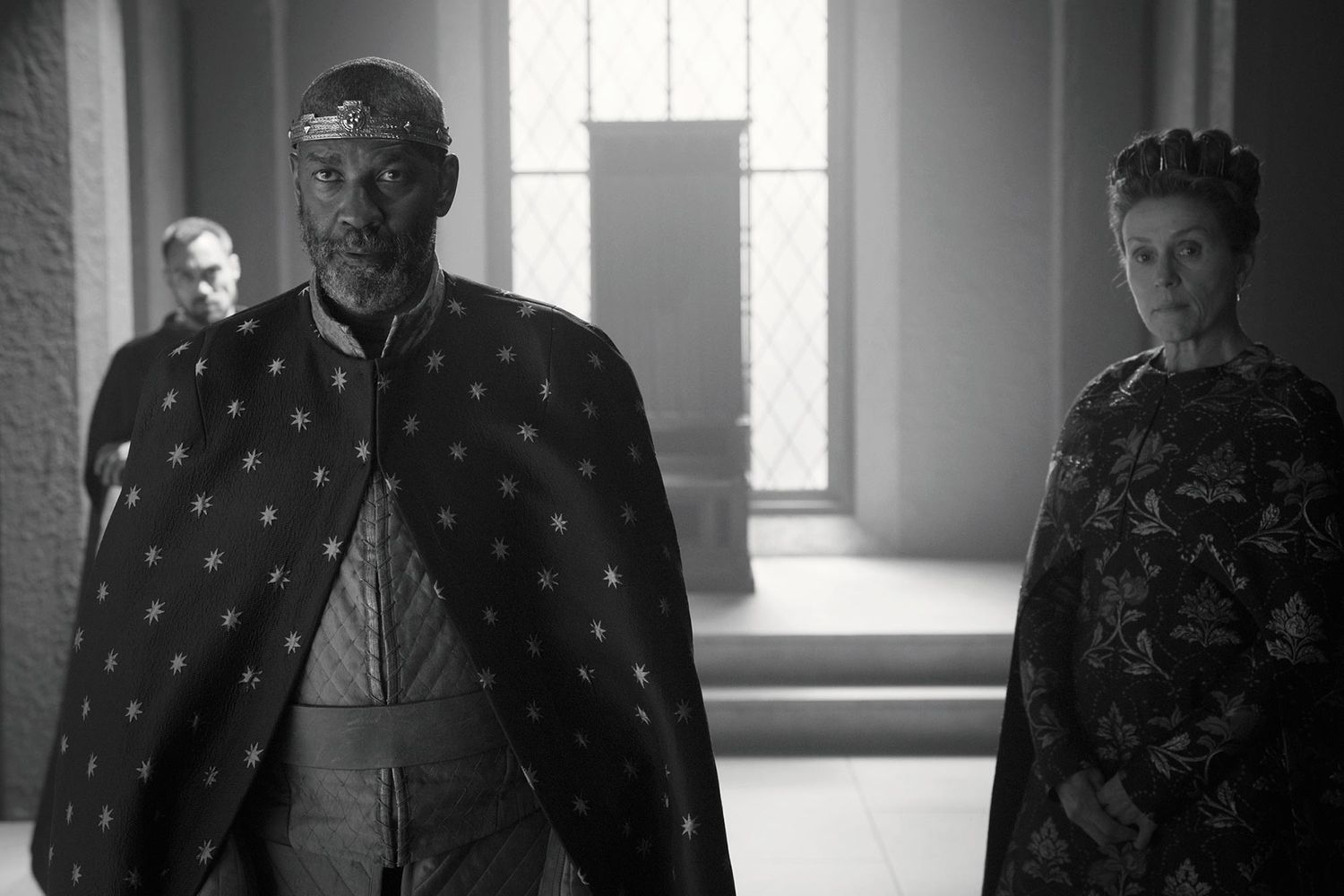


George Legrady is participating in the 2010 Winter Olympic Games in Vancouver, British Columbia, but not as an athlete. The professor of art and of media arts at UC Santa Barbara will be showing his work in an exhibition that is part of the Vancouver 2010 Cultural Olympiad Festival.
Legrady's "We Are Stardust" is one of more than 40 digital art installations in CODE Live, an 18-day event that features visual art, music, and performances fueled by digital technology and audience involvement. It began on February 4 and continues through February 21.
"We Are Stardust" is a two-screen projection installation that maps the sequence of 36,034 observations made by NASA's Earth-orbiting Spitzer Space Telescope during the five-year period from 2003 to 2008.
On one screen, an infrared camera in the gallery space sequentially replays the history of the telescope's movements. At the same time, it records the thermal presence and movements of visitors to the gallery. Those images are superimposed with data retrieved from the telescope's log that correlates with information such as the observation number, name of the celestial body target, the vertical and horizontal angles of the telescope, the observation date, duration, the name of the chief researcher, and which of the three onboard instruments were used to make the observation.
On an opposite screen, a visually projected map of the universe represents deep space. The animation begins with the birth of the universe and follows with the sequence of the 36,034 observations over a five-hour period. Randomly moving points eventually settle into star locations in the universe.
"The intent of the project is to consider our relationship to both local and deep space, and how we conceptualize and situate ourselves in relation to such spaces," said Legrady, whose work focuses on how data and various forms of information are represented. "This is realized by visually mapping the schedule of scientific observations based on NASA data consisting of what celestial bodies were looked at, when, for how long, and by whom.
"In contrast to this mapping, the heat-sensing camera mounted in the gallery performs in a similar fashion to the Spitzer heat-sensing instruments and simultaneously follows the same sequence of pointing instructions to record thermal images of the public moving through its field of view in the gallery space," he said.
"We Are Stardust" was originally commissioned as installation artwork by the Art Center College of Design and NASA's Spitzer Science Center at the California Institute of Technology, both of which are located in Pasadena. The installation was featured in the "Observe" exhibition at the Art Center College of Design in 2008. NASA's Jet Propulsion Laboratory manages the Spitzer Space Telescope mission for NASA's Science Mission Directorate. Science operations are conducted at the Spitzer Science Center at Caltech, which manages JPL for NASA.
Engineering for the project was realized by Javier Villegas, doctoral student in UCSB's Department of Media Arts & Technology.
Issued: 2/8/10;
Updated: 2/8/10
Related Links



